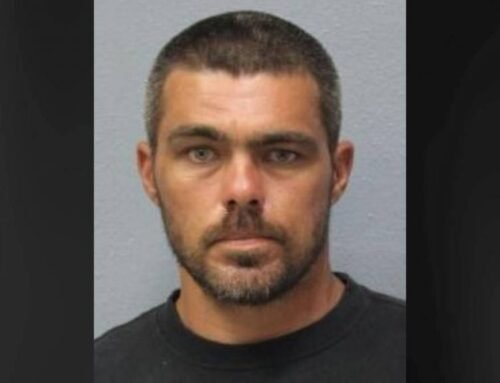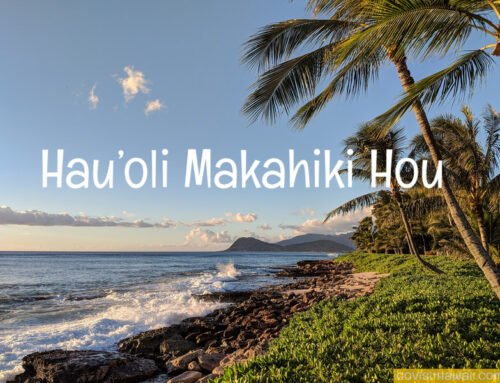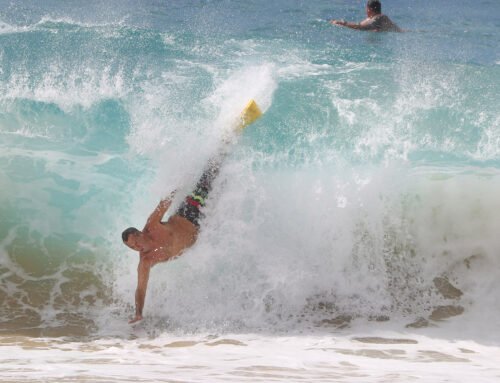There are roughly 11,000 students a year who complete high school in Hawaii, so 11,000 families have been having conversations about what, and where, comes next for their keiki.
I’ve been very interested in this issue since I was drawn into one of these discussions this spring. In that process, I had my mindset changed and began having a series of discussions about how those of us who graduated in the last several decades should revamp the counsel and support we give to young people here in Hawaii who have just weathered the difficulties of the pandemic.
As I was having these conversations, I heard a profound idea from Janice Ikeda, executive director of Vibrant Hawaii. She told me that the fellows at her nonprofit organization had been working on changing the narrative that “the best and the brightest were destined to leave Hawaii.”
Those fellows have written an article for Civil Beat’s Community Voices section and it will run later this week.
Hopefully, it will help kickstart the needed change. They helpfully included conversation starters that can help parents and teachers counseling students finishing high school and college.
I told the Vibrant Hawaii fellows that I’ve always thought the label “the best and the brightest” was a terrible label for “high achievers.”

One of my favorite journalists, David Halberstam, had helped the phrase enter our vernacular when he published his book, “The Best and Brightest” about the hot-shot business and academic leaders who counseled President John F. Kennedy into escalating the Vietnam War.
Halberstam’s use of the title was intended to be ironic, but the alliterative shorthand stuck and has become a crutch phrase.
Of course, it’s easier to change language than it is to change reality. But we all know that language and narratives matter in how we see the world.
Sadly, the pressure of the phrase has contributed to the more profound issue of ohana versus individualism.
Fundamentally, the narrative of best and brightest pushes individualism. However, so much of Hawaii’s social structure is based on our ohanas.
Even if the “best and bright” phrase persists, with the connotation that individuals can be ranked or classified as the “best and brightest,” then it’s important to embrace the idea and create paths for those “best and brightest” to stay, or to return.
I can’t stop thinking about how Jacy Waiau, in last week’s column, said that it was important to give up our selfish notions of wanting to keep our kids close.
The selfishness that Jacy spoke about is a familial selfishness that’s hard to label or put on a dashboard. It’s an ohana-first mentality that’s hard to square with the notion of individualism that is prevalent on the continent and was fitfully imported to Hawaii.
There are 11,000 families here in Hawaii facing the gut-wrenching prospect of coming apart.
The importance of family was emphasized during the pandemic. I know for my octogenarian father our extended family video chats were some of his happiest moments. It was a reminder of who is special to us.
When my sister in Texas (one the most individualistic places in the United States) asked about my experience at Merrie Monarch this year, I didn’t talk about the hula. Instead I told U’ilani about the great feeling I had after I got out of the car, and in rapid succession, ran into friends, then cousins, before going inside the stadium to see our sister, ‘Auli’i.
Family is so important to life here in Hawaii and that’s why these choices are so very hard. We want what’s best for our kids, but is that what’s best for our ohanas? There are 11,000 families here in Hawaii facing the gut-wrenching prospect of coming apart.
I remember the moment when I left for college and our family bond was loosened. I am the hiapo, or first born, of five kids, so my departure that August afternoon was the end of our day-in, day-out together.
The car was packed up to take me away, but we postponed the moment of separation. My sisters and I did something we rarely did and played a board game on the floor of the living room. My parents let us linger and savored that final moment.
We were doing our best to treasure our last moments together as an ohana. We were being selfish in the way Jacy counseled against, but it felt so very good to be together.
Sunday night, I had dinner with a friend, Keli’i, who was lined up at the table next to his brother and sister and across from his cousin. I have to admit to a hint of jealousy at Keli’i’s being able to be surrounded with his ohana. However, it was a long journey for him to be there with his siblings.
Keli’i was one of the “best and the brightest” who left Oahu for an Ivy League school. It took him 30 years to return to Hawaii to be with his ohana. I consider it a cautionary tale of the tradeoffs that are present in the question of what, and where, comes next.
I feel for the 11,000 families that are contemplating the reality that they’re about to possibly embark on a decades-long journey that will keep them from the true togetherness that they’ve had as an ohana. I hope their discussions lead to compassionate choices.
And in the meantime, the rest of us can heed the advice to stop perpetuating the notion “the best and the brightest are leaving Hawaii.”







Leave A Comment